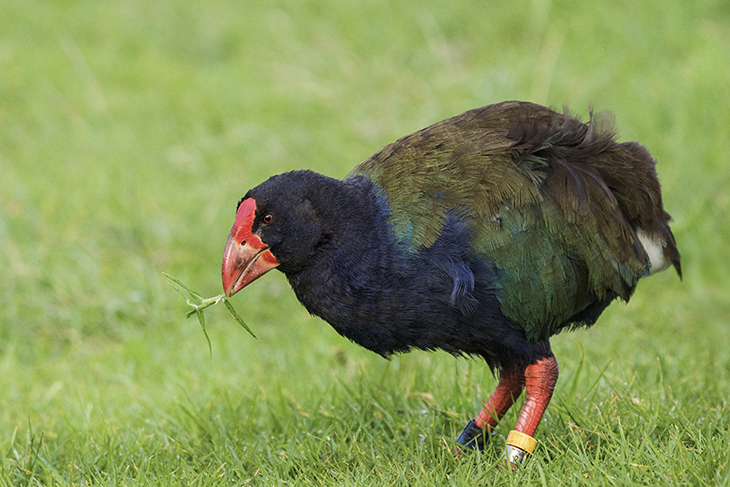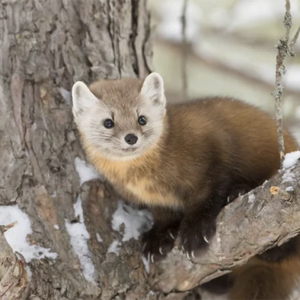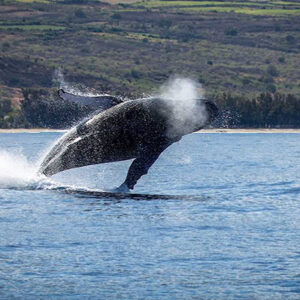
In a remarkable and momentous achievement in conservation, a group of eighteen takahē birds has been reintroduced into the untamed expanses of a nature reserve situated on the shores of Lake Wakatipu. This endeavor marks a pivotal step in what promises to be a triumphant journey towards the recovery of this extraordinary avian species, as plans are in motion to release an additional seven takahē in October, followed by ten more in the early months of the coming year. This concerted effort is aimed at establishing a third distinct breeding population of takahē in the wild, a testament to the enduring resilience of a species once believed to be extinct.
The historical context of the takahē’s plight adds to the poignancy of this conservation success story. When the takahē was officially declared extinct, the automobile was still a novelty on the bustling streets of London. This iridescent, flightless bird serves as a living relic of New Zealand’s unique prehistoric past, having evolved on an island devoid of terrestrial mammals. However, with the introduction of invasive species, the takahē faced the grim prospect of extinction.
The phoenix-like reappearance of the takahē on the conservation radar occurred after the Second World War. Since then, dedicated conservationists have been unwavering in their commitment to ensuring the survival of this extraordinary bird. In an effort to safeguard takahē eggs from pilfering by ruthless predators such as stoats, ferrets, and rats, these eggs are carefully located in the wild and then transferred to secure care centers.
A rather unconventional but invaluable technique employed in the early stages of the takahē’s recovery involved raising chicks in breeding centers using sock puppets designed to resemble adult takahē heads. This creative approach played a vital role in kickstarting the breeding process in controlled environments, ultimately contributing to the species’ resurgence.
Another critical aspect of this conservation initiative has been the systematic trapping of invasive predators. This strategic intervention has played an instrumental role in maintaining a consistent growth rate of approximately 8% in the takahē population each year.
Nestled on New Zealand’s South Island, Lake Wakatipu is the nation’s longest lake, meandering through the picturesque Waimāori Valley for a staggering 50 miles. The surrounding alpine terrain provides an ideal habitat for these one-and-a-half-foot tall avian wonders. When viewed head-on, they exhibit a near-perfect spherical appearance, akin to a miniature Earth perched atop a pair of vibrant orange legs.
“They’re almost prehistoric looking,” said Tūmai Cassidy. He belongs to the Ngāi Tahu indigenous group who steward the land located around Lake Wakatipu. “Very broad and bold.”
For the Māori people, the reintroduction of the takahē holds immense significance. In their cultural heritage, the takahē’s feathers were once gathered to create magnificent cloaks, and the echoing calls of these remarkable birds reverberating up the valley slopes were cherished memories. Now, with the takahē’s resurgence, there is hope that these treasured traditions and connections to the past can be rekindled and relived. This renaissance of the takahē is not just a success story in conservation; it is a celebration of the resilience of a species intertwined with New Zealand’s rich history and cultural heritage.
https://www.youtube.com/watch?v=MSt_SHR6sxc&feature=youtu.be
What are your thoughts? Please comment below and share this news!
True Activist / Report a typo


